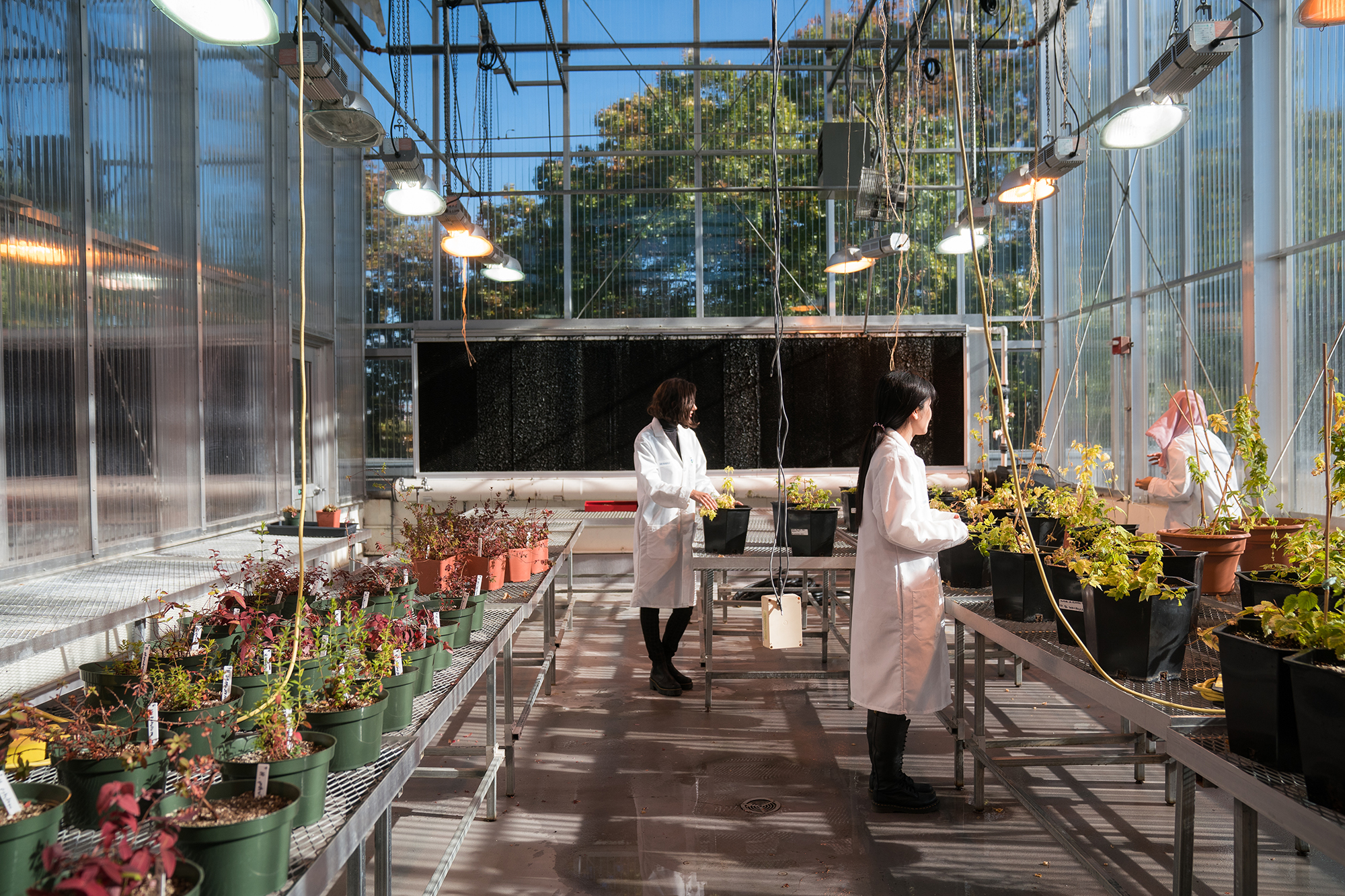- Sustainability
- Energy
- Water & Stormwater Management
- Transportation
- Nutrition and Sustainability
- Education and Outreach
- Green Procurement
- Recycling & Composing
- Recycling and Composting and Sustainability
- Recycling Printer Cartridges
- Used Cooking Oil Recycling
- Electronics: Reuse, Recycling, and e-Waste
- Gardening Waste Composting at Lehman College
- NYC Compost Project Food Scrap Drop Off Site
- Recycling and Composting at Lehman College
- Food Composting at Lehman College
- Join the Lehman College Campus Sustainability
- CUNY Alert
- Sustainability
- Energy
- Water & Stormwater Management
- Transportation
- Nutrition and Sustainability
- Education and Outreach
- Green Procurement
- Recycling & Composing
- Recycling and Composting and Sustainability
- Recycling Printer Cartridges
- Used Cooking Oil Recycling
- Electronics: Reuse, Recycling, and e-Waste
- Gardening Waste Composting at Lehman College
- NYC Compost Project Food Scrap Drop Off Site
- Recycling and Composting at Lehman College
- Food Composting at Lehman College
- Join the Lehman College Campus Sustainability
Transportation
The automobile has had a profound influence in shaping American society. Much can be said about the environmental impact of automobile manufacturing, including its use of resources, and many of the manufacturing processes themselves: automobiles’ consumption of fossil fuels and environmental impact of the fossil fuels industries; hazardous materials necessary for proper operation of the automobile (concentrated acid and lead in the battery, antifreeze, motor oil, heavy metals throughout); the large swathes of land paved over to accommodate driving; and end-of-service-life issues for automobiles and their components.
The automobile has long been identified as a major contributor to air pollution. Air in New York City is cleaner than ever, but still falls short of some federally-established limits. Automobiles generate combustion products such as hydrocarbons, oxides of nitrogen and sulfur, carbon monoxide, and respirable particulates into the air. Hydrocarbons and oxides of nitrogen form smog and ozone, potent respiratory irritants, in the presence of sunlight. These pollutants have an impact on the health of New Yorkers. Certain areas in New York have elevated rates of asthma and lung diseases among children and adults.
Public transportation in the campus neighborhood has expanded within the past decade; bus lines have been added that serve the neighborhood, including Westchester County buses. In order to promote alternates to driving to campus, Lehman College will seek ways to incentivize the use of public transportation by faculty, staff, and students commuting to campus. Lehman College currently has two electric (non-road) vehicles and one hybrid vehicle in its fleet; as older fossil-fuel vehicles in the Lehman fleet need replacement, they will be replaced with alternative fuel- or electric vehicles.
References
- The Automobile in American Life and Society. University of Michigan, Dearborn, Benson Ford Research Center. Accessed here .
- How Land Use and Transportation Systems Impact Public Health: A literature review of the relationship between physical activity and built form. Frank, L.D., Engelke, P. ACES Active Community Environment Initiative Working Paper #1. Accessed here.
Lehman College owns approximately 35 vehicles that are used for everything from intra- and interstate transportation of our sports teams to serving as a mobile B&G “shop” for our mason. Types of vehicles in the fleet include heavy- and medium duty pickup trucks, passenger vans, hybrid passenger vehicles, electric vehicles for on-campus use, Public Safety vehicles (passenger vehicles and a heavy-duty “police-package” vehicle). The College also owns many pieces of equipment with diesel- and gasoline internal-combustion engines (earth-moving machinery, front loader, emergency generators, forklifts, tractors etc.). Internal-combustion vehicles and equipment are essential to College operations.
Careful thought and analysis goes into every vehicle purchase to ensure that funds are spent wisely by every metric. Multiple departments and individuals (Buildings & Grounds, Financial Operations, Public Safety, Purchasing) participate in the selection of vehicles, with specific vehicle choices made on the basis of required features, proposed use, sturdiness, safety, reliability and maintenance.
Since approximately 2010, issues of environmental sustainability have become part of vehicle-selection criteria: preference given to diesel, electric- and hybrid vehicles and vehicles with improved fuel economy and lower emissions. New York State now requires special permission for NYS entities to purchase gasoline-powered vehicles. Going forward, Lehman College will replace older vehicles slated for replacement with new vehicles that are alternative-fuel and electric only.
Another consideration in vehicle selection is whether the College’s infrastructure can support a specific vehicle. For example, the College would love to be able to use more diesel vehicles and all-electric vehicles. Diesel vehicles have the highest fuel economy and lowest emissions due to the nature of the fuel and the mechanics of the diesel engine. Electric vehicles don’t even use fuel (= excellent “fuel economy” and zero emissions). Although the campus currently does not have a dispensing diesel fuel tank or electric vehicle charging stations, this equipment has been proposed for long-term projects in the future.
Gasoline consumption on campus has been slowly decreasing at a rate of approximately 5% annually. The College will continue to implement additional transportation sustainability measures in the coming years.
Links
- United States Energy Information Administration: Use of Energy in the U.S. Explained: Energy Use for Transportation
- http://www.fueleconomy.gov
- The New York State Energy Research and Development Authority (NYSERDA) Drive Clean Rebate for Electric Vehicles
- NYSERDA Clean Transportation Program
- CUNY TV Sustainability Matters: Electric Vehicles
- NYS Entities required to convert to zero-emissions vehicles (ZEVs) by 2035







